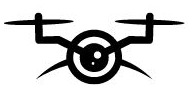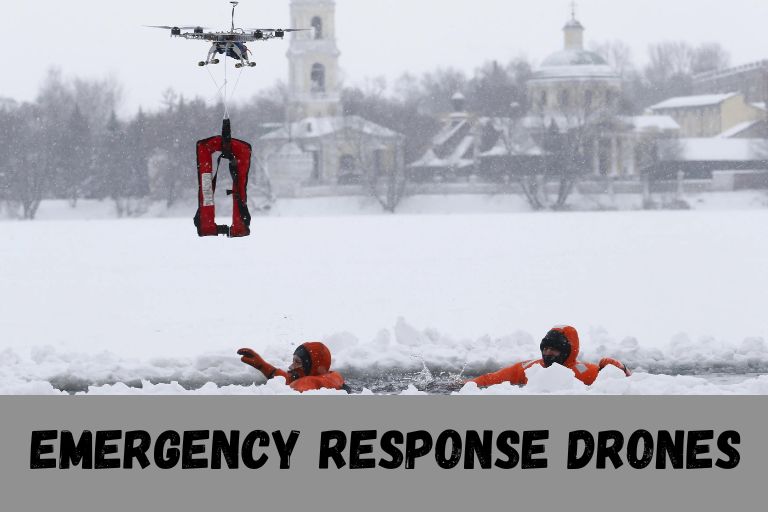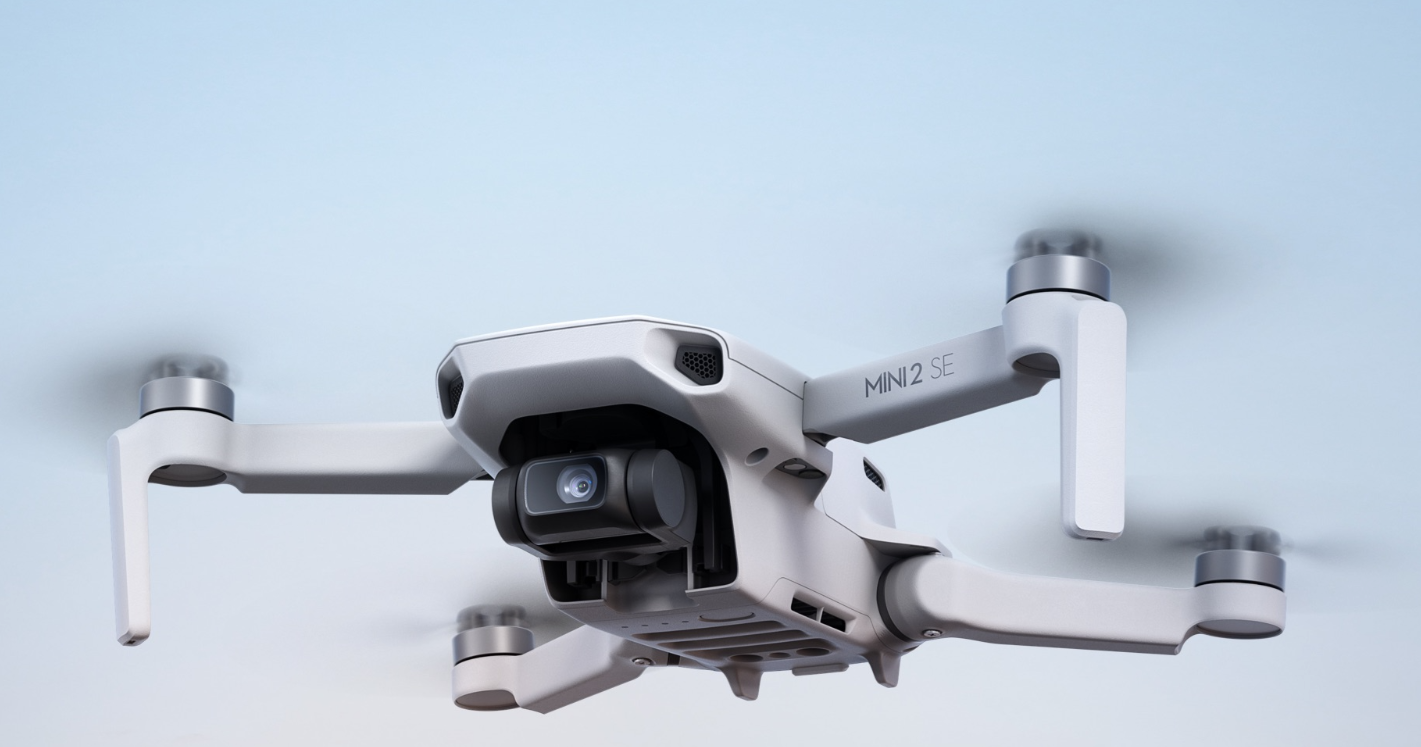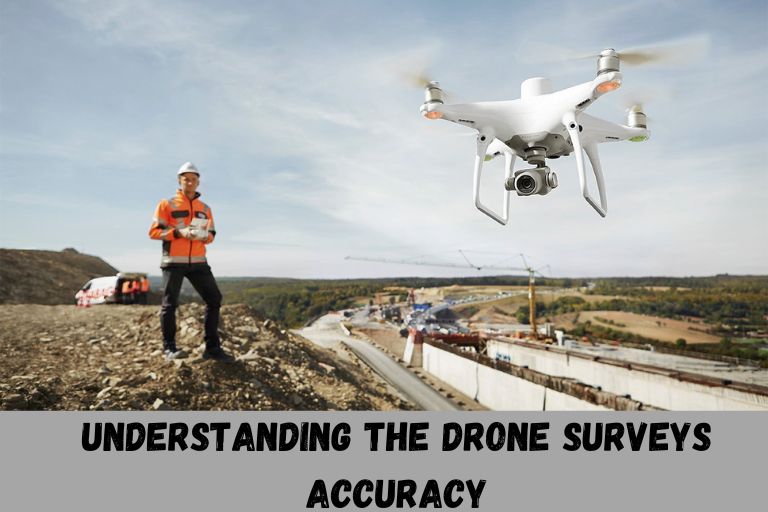Emergency response drones are changing how disasters are managed and lives are saved. These unmanned aerial vehicles are now essential tools for first responders. They can quickly assess and address emergencies. Drones can reach difficult areas fast and safely, making them crucial in critical situations where time is crucial.
Why Use Drones For Emergency And Disaster Response?
Drones have revolutionized emergency and disaster response efforts due to their versatility and efficiency. They are used in:
Emergency Medical Supplies
In the critical first hours following a disaster, drones can navigate through debris and reach victims faster than traditional methods, potentially saving lives.
This swift and efficient delivery of emergency medical supplies can make a significant impact on the outcome of a crisis, especially in remote or inaccessible locations.
Flooding
In the case of flooding, drones can provide real-time aerial footage of affected areas, allowing authorities to assess the situation quickly and accurately.
This data is instrumental in directing rescue teams to the most critical locations, expediting search and rescue efforts.
Rescue Operations
Drones equipped with advanced technologies such as thermal imaging cameras and sensors can provide real-time data to aid search and rescue operations during emergencies.
They can cover vast areas in a short amount of time, helping responders identify survivors or assess the extent of damage much quicker than ground teams alone.
Missing Persons
They can access hard-to-reach or hazardous areas, such as collapsed buildings or dense forests, without putting additional lives at risk.
This ability to gather real-time data from the air allows emergency responders to make informed decisions swiftly, increasing the chances of finding missing persons alive during critical moments of disaster recovery efforts.
Cost-effective Solution For Emergency Response
Drones offer a cost-effective solution for emergency response teams. Deploying drones can significantly reduce operational costs compared to traditional methods such as manned aircraft or ground crews.
This cost efficiency allows organizations to allocate resources more effectively and respond promptly to emergencies without facing financial constraints.

What Is Aerial Emergency Response?
Aerial emergency response harnesses the power of modern drone technology to swiftly and effectively respond to disasters and emergencies. Drones provide a versatile tool that can be utilized in a wide range of emergency response functions, from search and rescue missions to delivering critical supplies to inaccessible areas.
By deploying drones in emergency situations, responders are able to gather real-time aerial intelligence, assess damage, and identify areas in need of immediate assistance.
How Drones Are Used In Emergencies?
There are some emergency drone services mentioned:
Locating Missing Persons
With their ability to cover vast areas quickly and efficiently, drones aid in identifying the locations of individuals who may be lost or injured.
This technology has proven to be invaluable in search and rescue operations, especially in challenging terrains where traditional methods may fall short.
Directing Rescue Teams
Drone services for disaster response includes directing rescue teams to locate and assist those in distress. Equipped with advanced cameras and sensors, drones can quickly survey disaster areas from above, providing real-time data on the extent of damage and identifying potential hazards.
This information allows rescue teams to strategize their efforts effectively and prioritize areas that require immediate attention, ultimately leading to more efficient rescue operations.
Delivering Emergency Supplies
In situations where time is of the essence, such as natural disasters or conflict zones, drones can quickly reach stranded survivors and provide vital support.
By bypassing traditional transportation challenges and infrastructure limitations, drones offer a fast and efficient solution for delivering life-saving supplies like medications, blood products, or first aid kits.
Benefits Of Aerial Emergency Response Drones
These drones offer a multitude of benefits in critical situations, revolutionizing the way we approach emergency scenarios.
Rapid, Lifesaving Deployment
It offer a unique advantage in delivering real-time data to first responders, enabling them to make informed decisions quickly.
These drones can swiftly navigate hard-to-reach areas, providing vital information on the extent of damage or potential hazards.
Quick Turnaround Of Data
These drones can rapidly capture high-resolution images and videos of disaster-stricken areas, providing first responders with valuable information to assess the situation and plan their response efficiently.
This real-time data helps prioritize areas needing immediate assistance and ensures resources are deployed effectively.
Access To Difficult Or Dangerous Terrain
With the ability to fly into remote or hazardous areas, drones provide a rapid response that can save valuable time in critical situations.
This increased access allows emergency responders to assess and monitor the situation from above, providing real-time information to make informed decisions.

Ongoing Surveillance Support
It has ability to provide ongoing surveillance support during critical situations. These drones can quickly be deployed to assess and monitor disaster areas, providing real-time information to emergency responders.
This continuous monitoring allows for more effective decision-making and resource allocation, ultimately leading to faster and more efficient response efforts.
Access And Support Trapped Individuals
These drones have the ability to navigate through challenging terrains with ease, reaching places that traditional rescue methods might struggle to access.
This enhanced mobility can make a significant difference in time-sensitive emergencies, improving the chances of survival for those in distress.
Quickly Scan, Map And Image Large Areas
With the ability to quickly scan, map, and image large areas, these drones can provide first responders with crucial information in record time. By being able to access hard-to-reach or dangerous locations, drones can significantly speed up the search and rescue process during emergencies.
By leveraging these capabilities, drone emergency response teams can enhance their effectiveness and ultimately save more lives in critical situations.
Critical Drone Features For Emergency Management
Drones have become essential tools for emergency management, offering critical features that can significantly improve response times and effectiveness during crises. Key features includes:
Durable And Deployable Hardware
Drones are equipped with robust hardware that can withstand rough weather conditions and operate in challenging environments.
This feature allows drones to be deployed quickly and efficiently in emergency situations, providing crucial assistance to first responders and decision-makers.
Real-Time Imagery
Real-time imagery provided by drones is a critical feature for emergency management as it allows emergency personnel to gather crucial information quickly and efficiently. By having access to live visuals of the affected area, rescue teams can better assess the situation, identify hazards, and plan their operations more effectively.
This real-time data can also help prioritize areas that need immediate attention, saving valuable time in critical situations.
Integrated Artificial Intelligence
Integrated Artificial Intelligence Drones can revolutionize emergency management by providing accurate and real-time data due to their AI integration. These drones can quickly assess disaster areas, identify hazards, and even predict potential risks.
By leveraging machine learning algorithms, these drones can analyze vast amounts of data in a matter of seconds, enabling emergency responders to make informed decisions rapidly.
Long-Lasting Battery
During emergencies, time is of the essence, and having a drone with extended battery life can greatly increase its effectiveness in search and rescue operations.
A drone with a long-lasting battery can cover more ground, stay in the air for longer periods, and provide crucial real-time data to emergency responders.
Thermal Imaging
This allows rescue teams to locate individuals in distress more quickly, especially in low-visibility conditions such as at night or through thick vegetation.
By detecting heat signatures, drones equipped with thermal imaging can pinpoint the exact location of survivors, making search and rescue operations more efficient.
Wide Surveillance Scope
Drones equipped with wide surveillance scope capabilities are invaluable tools for emergency management teams. These drones can cover vast areas quickly and efficiently, providing crucial real-time data to first responders.
By conducting aerial surveys, they can detect hazards, assess damage, and identify potential threats in hard-to-reach or dangerous locations such as collapsed buildings or forest fires.
Accurate Weather Forecasting
Drones equipped with multispectral sensors can revolutionize emergency management by providing crucial data for accurate weather forecasting.
These sensors allow drones to capture detailed information about the atmosphere, such as humidity levels, temperature variations, and cloud formations.
Wrapping Up
Emergency response drones are essential tools in disasters, providing quick help to those in need. Drones can reach difficult areas and give real-time data, improving response efforts. They are cost-effective and reduce risk to human responders, making them crucial in disaster management. As technology improves, drones will have more capabilities, enhancing their impact on emergency response.
Frequently Asked Questions
How Quickly can Disaster Response Drone Companies Deploy their Services?
These companies are equipped to deploy their drones rapidly, often within hours of a request for assistance.
How Cost-effective are UAS Emergency Drone Services?
UAS technology has proven to be cost-effective compared to traditional methods of emergency response, making it a valuable resource for first responders.
Are Emergency Response Drones Equipped with live Video Streaming capabilities?
Yes, most of them are equipped with real-time video streaming technology to provide immediate situational awareness to responders on the ground.
Are there Regulations that Govern the use of Emergency Response Drones?
Yes, there are specific regulations set by aviation authorities that must be followed when using emergency response drones in public safety operations.





